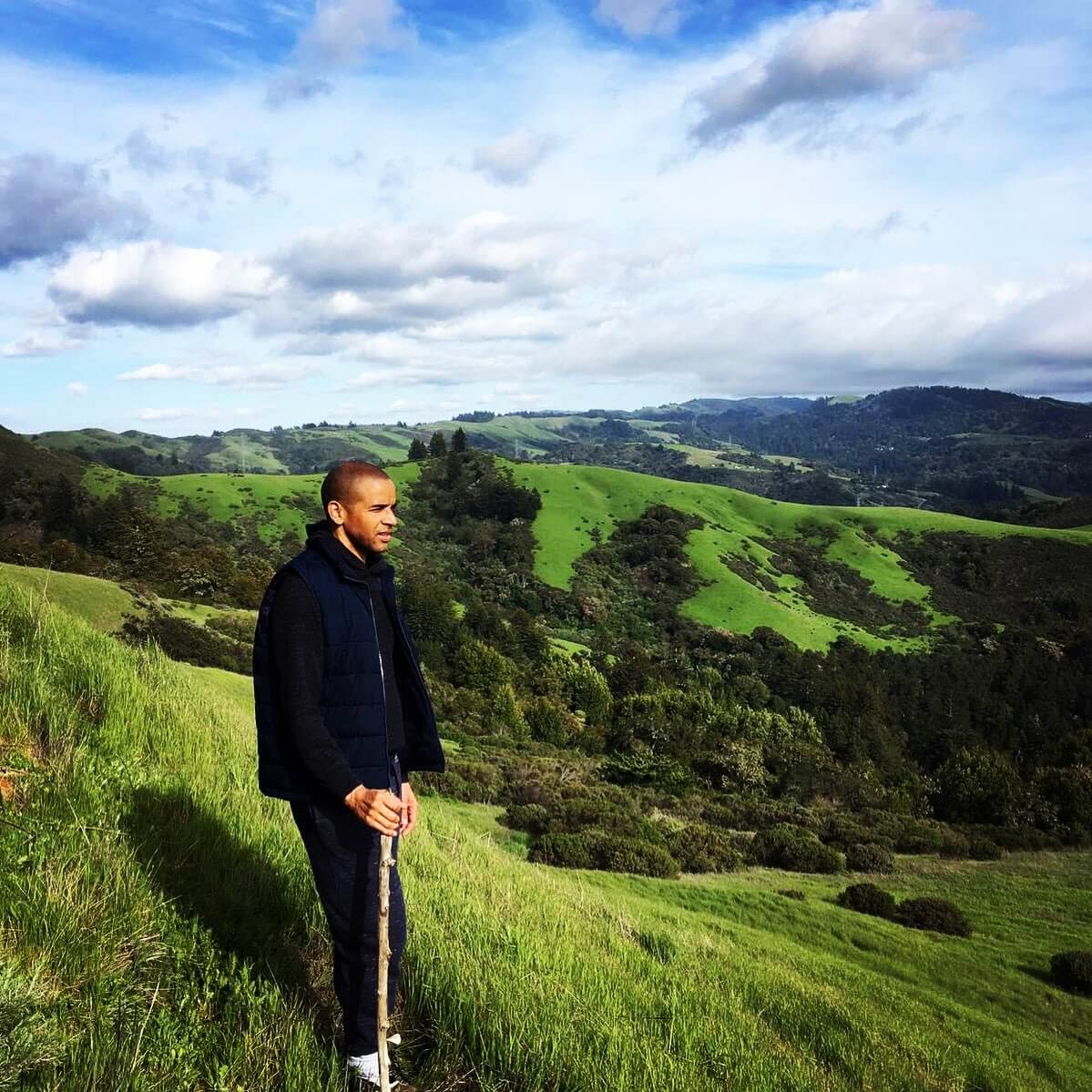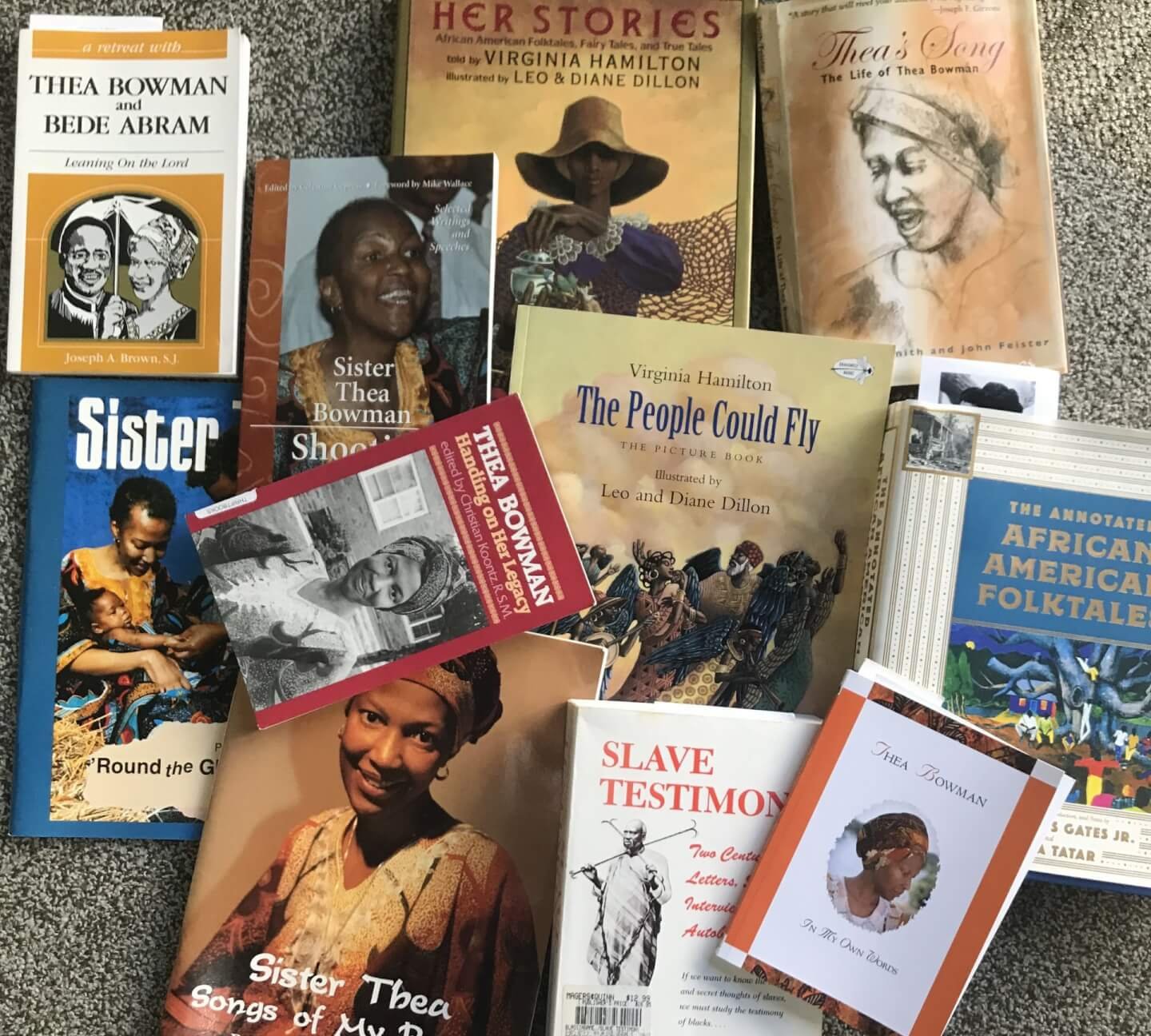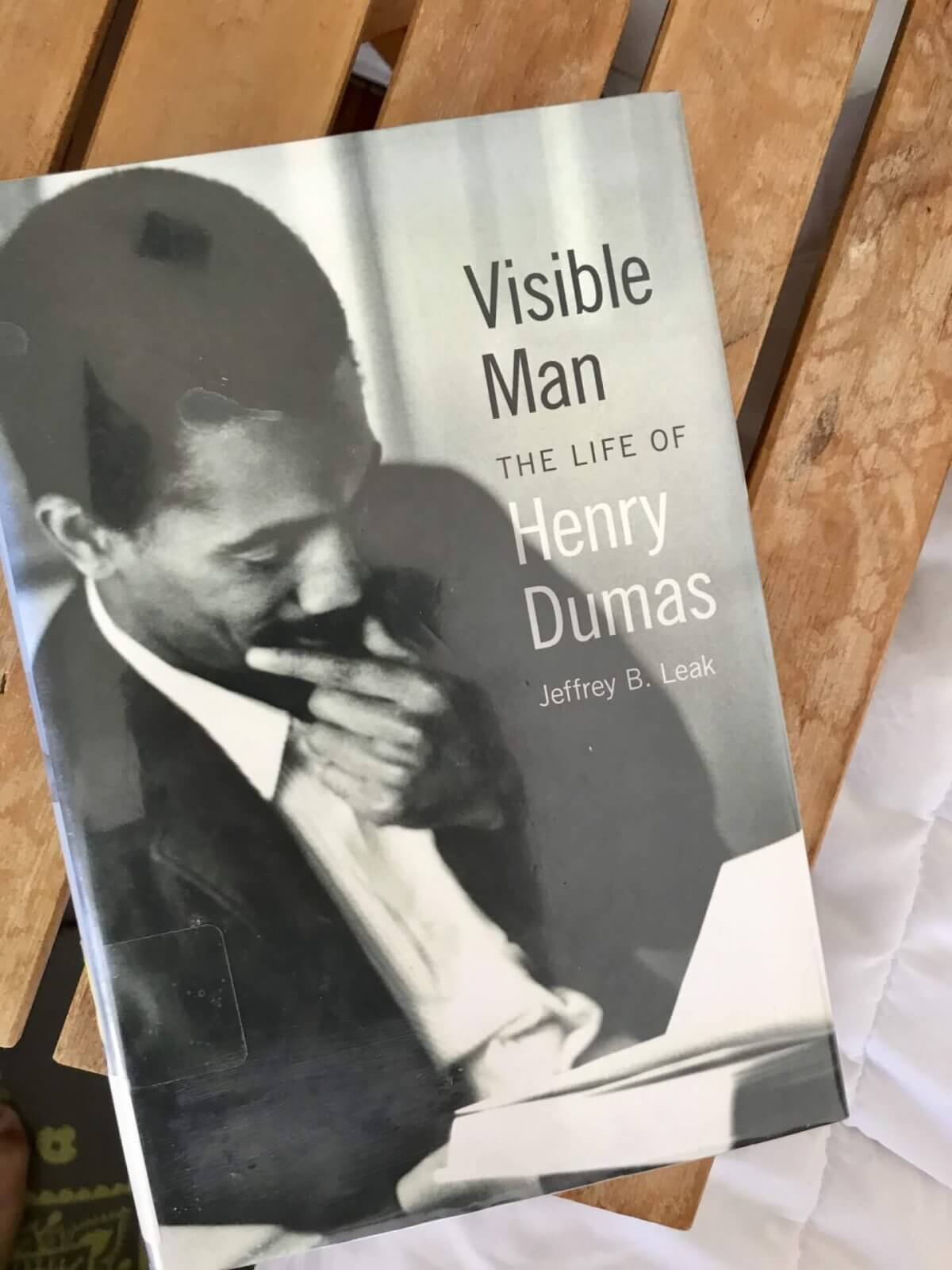If you called my Aunt Karen witchy, her eyes would twinkle. She says that playwrights are world builders whose worlds exist in other dimensions. My worlds are filled with fantasy, mysticism, the afterlife, metaphysics, and African American Folklore. My worlds are bizarre, beautiful, luminous, and perplexing. My worlds are often met with responses like “I don’t get it,” “It’s weird!” “it’s unproducible!”.
Sitting at the desk in my lovely Middlebrook studio, I was inspired by the stunning mountain views, but dismayed at the task that lay ahead. I was pregnant with a new world, a play about the African American mystic Sister Thea Bowman. I was overwhelmed by intense birth pains, and I felt the play was going to take me to the point of no return. And she was refusing to be born until I answered one question: who was I?
I had spent years mislabeling myself as a writer, desecrating countless artist statements with flowery descriptions which did nothing to inform the reader of my world-building. I spent hours traversing the ranch, contemplating, screaming, and praying. Who the hell was I? My sacred place was Estaciones de Luz. It was the type of magical site where my Aunt would cast spells, calling for my identity to be revealed!
And then one day I discovered the Afro Surrealist Manifesto by D. Scott Miller and this quote:
“In an introduction to prophet (writer) Henry Dumas’ 1974 book Ark Of Bones and Other Stories, Amiri Baraka puts forth a term for what he describes as Dumas’ ‘skill at creating an entirely different world organically connected to this one’ […] The term he puts forth is Afro-Surreal Expressionism.” Miller continues, “Afro-Surreal presupposes that beyond this visible world, there is an invisible world striving to manifest, and it is our job to uncover it.”
From that day forward, I was an Afro-surrealist, and I claimed Henry Dumas as my ancestral mentor!
Henry also built bizarre, beautiful, luminous, and perplexing worlds that were often misunderstood. Sadly, he was killed by a police officer in Harlem on May 23, 1968, at age thirty-four, before witnessing the publishing of any of his significant work. Henry’s spirit settled into my heart; he joined me on long walks, egging me on and urging me to venture as far as my new world would take me.
Over seven feverish days, my play THEA was born, and she used me! I stepped aside, and what came out was strange and unrecognizable. A producer was waiting on the draft, and I was terrified she was going to hate it. But then something magical happened. The writers in my cohort decided to hold a reading at my sacred space at the Djerassi Program, Estaciones de Luz. I chose to recite the opening of THEA, which was an outlandish monologue written in the third person. I was horrified to release her, but I took a deep breath and sensed Henry nodding and my Aunt smiling as I let my world dance beyond my lips, and she was beautiful, and I fell in love with myself, my new world, and Henry Dumas.
About the Artist
Nathan Yungerberg’s (’19) work has been developed or featured by The Cherry Lane Theatre, Roundabout, LAByrinth, The Playwrights’ Center, JAG Productions, Crowded Fire Theater, The Lorraine Hansberry Theater, The Lark, The Fire This Time Festival, 48 Hours in Harlem, National Black Theatre, The Sheen Center, American Blues Theater, The Bushwick Starr, Climate Change Theatre in Action, The August Wilson Red Door Project, BBC Radio Afternoon Drama, and The Brooklyn Generator. He is one of seven black playwrights commissioned by The New Black Fest for HANDS UP: 7 Playwrights, 7 Testaments, which was published by Samuel French. Honors: The 2016 O’Neill National Playwrights Conference (Semifinalist), Ken Davenport 10-Minute Play Festival (Winner), 2019 Djerassi Resident Artist. www.nathanyungerberg.com


